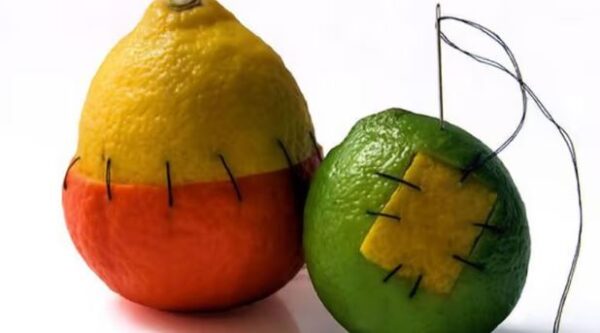Lifestyle
7 fruits and vegetables you did not know were man-made

Lots of fruits and vegetables we see at the market appear entirely natural. However, many of them are, in fact, products of human intervention.
The process often involved crossbreeding different species to create hybrids that combined the best characteristics of each parent plant.
Today, with the help of modern science and agricultural techniques, humans have transformed wild plants into the nutritious and flavorful foods we enjoy today.
Here’s a look at seven fruits and vegetables you might not know were man-made.
1. Carrots
The carrots we know today are vastly different from their ancient ancestors. Originally, wild carrots were small, tough, and purple or white. It wasn’t until the 10th century in Persia that carrots began to be selectively bred for larger, tastier roots. The familiar orange carrot was developed by Dutch farmers in the 17th century, who bred the plant for its appealing colour and improved flavour.
2. Bananas
Modern bananas are the result of a crossbreeding between two wild species: Musa acuminata and Musa balbisiana. The wild bananas were filled with large seeds and had a less palatable taste.
Around 10,000 years ago, humans discovered a naturally occurring hybrid that was seedless and more pleasant to eat. They began to propagate this sterile hybrid by planting its shoots, a practice that continues to this day.
3. Broccoli
4. Strawberries
The strawberries we enjoy today are a hybrid of two wild species: the North American Fragaria virginiana and the South American Fragaria chiloensis. This crossbreeding was first undertaken in Europe in the 18th century. The result was a larger, sweeter fruit compared to the small, wild strawberries. Modern varieties of strawberries continue to be developed to enhance their size, flavour, and resilience.
5. Oranges
Oranges are another example of a man-made fruit, created by crossing a pomelo with a mandarin. This hybridisation, believed to have first occurred in ancient China, produced the sweet, juicy fruit that has become a staple in diets worldwide. Over centuries, various types of oranges have been developed, each with unique flavours and uses.
6. Grapefruits
Grapefruits originated in the 18th century when Captain Shaddock brought pomelo seeds to the Caribbean, where they naturally crossed with sweet orange trees. This unintentional hybridisation produced the grapefruit, which was initially known as “shaddock.” The fruit quickly gained popularity for its tart flavour and health benefits.
7. Watermelons
Ancient watermelons, originating in Africa, were small and bitter, quite unlike the sweet, juicy fruits we enjoy today.
Over thousands of years, selective breeding transformed these wild melons. Farmers focused on developing varieties with sweeter flesh and fewer seeds.







